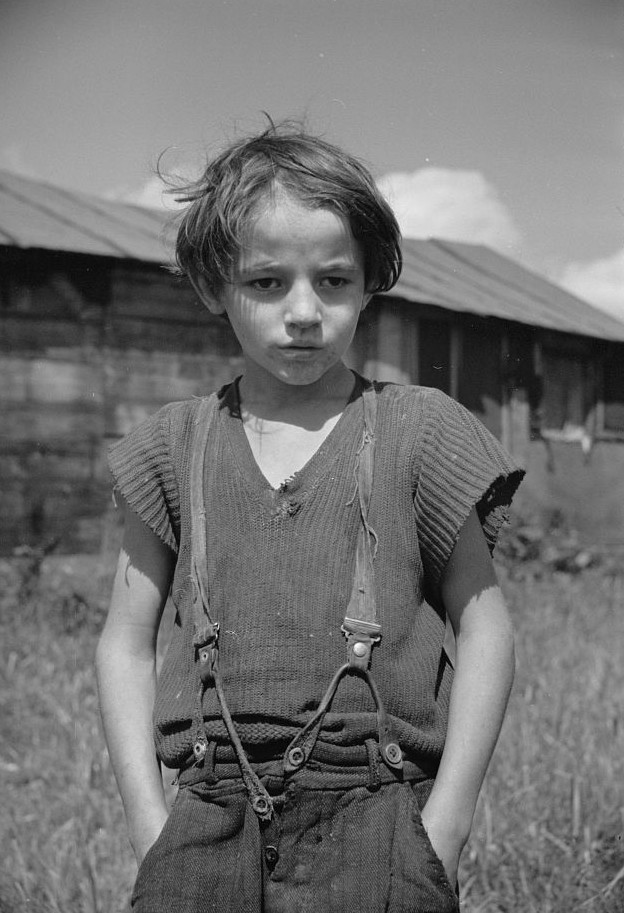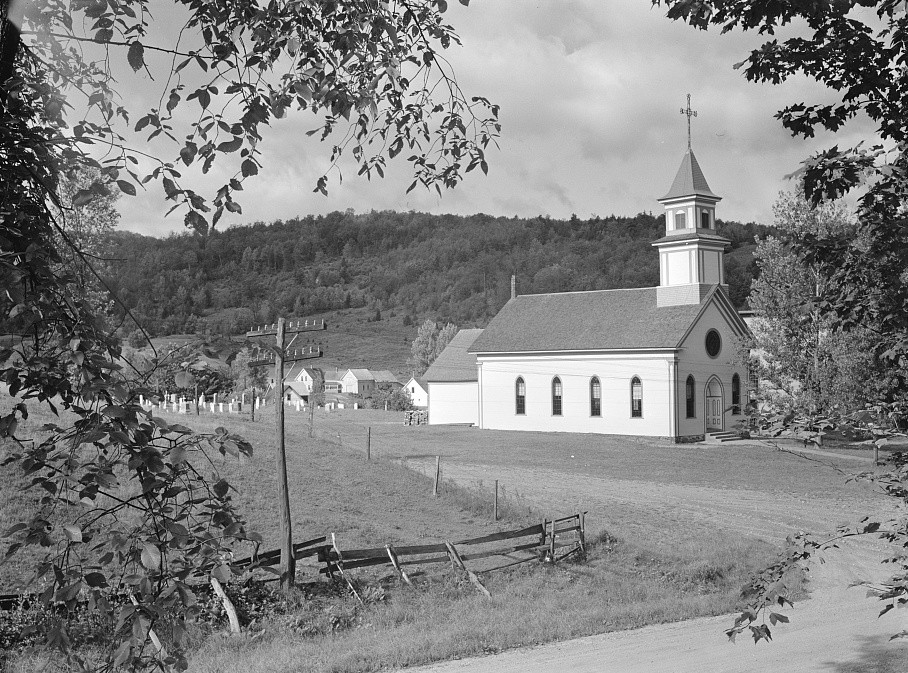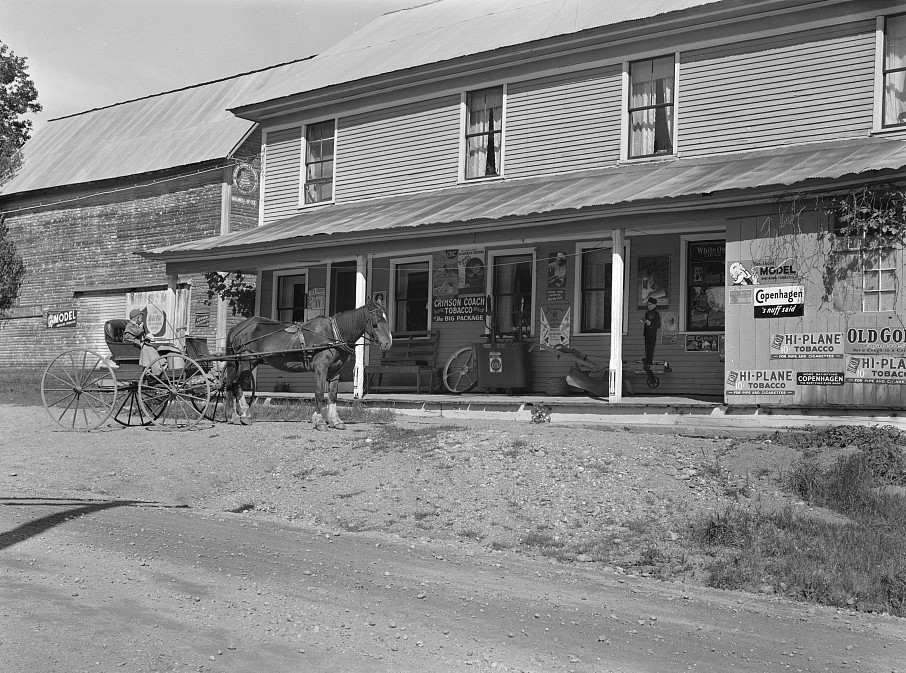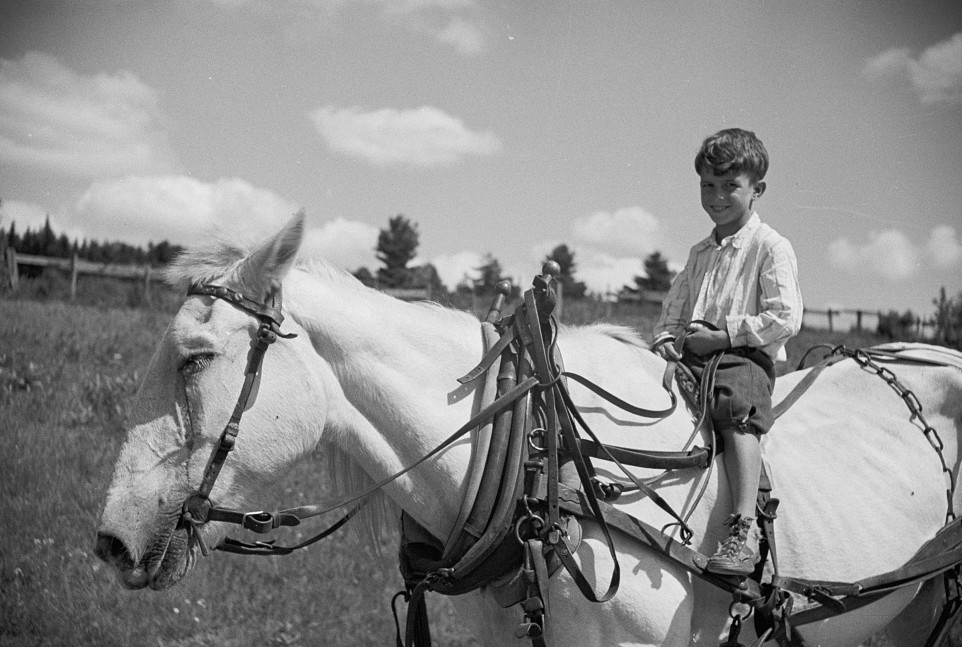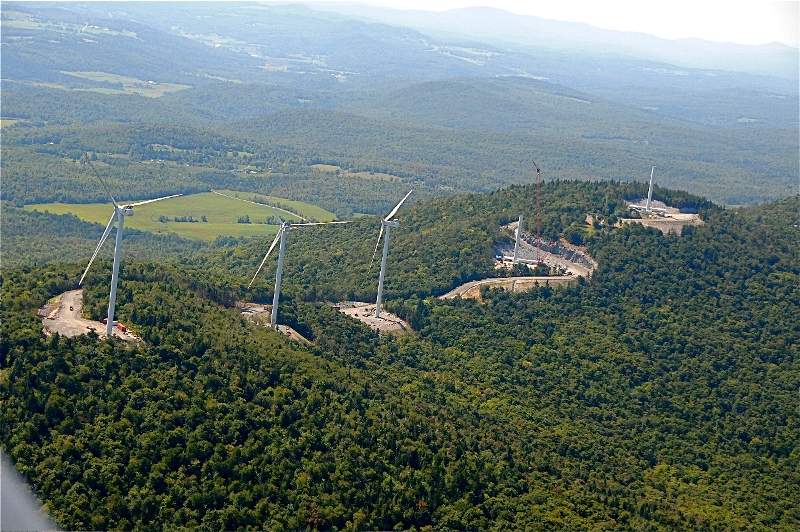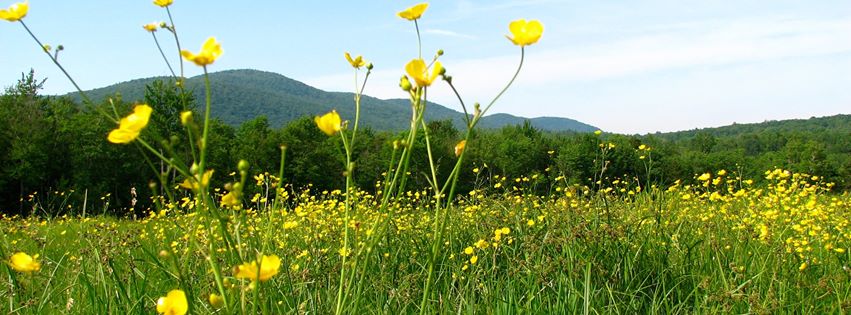Lowell is the westernmost town in Orleans County, Vermont, United States. The population was 738 at the 2000 census.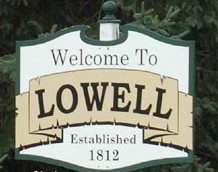
Lowell was chartered in 1787 by Governor Thomas Chittenden to John Kelley in 1787, for whom it was named Kellyvale. The first people other than the native Americans to come to Lowell was in 1778 when the area was surveyed, preparatory to Col. John Hazen constructing a road to Canada for military purposes.
Discordance: The Cottinghams (Volume 1) = A new novel of Colonial America
Town founded in 1812
The first settlers were Major Caldwell and family from Barre, Massachusetts in 1806. The town was formally organized in 1812, the same year the first school began with twelve students. In 1831 the name was changed to Lowell; the origin remains uncertain.
The town quickly grew, going from 144 people in 1820 with an average age of 17 to 413 in 1840 with an average age of 12. By 1840 Churches had been built and Methodist, Congregational, Baptist and Roman Catholic services were being held.
During the first half of the nineteenth century, the population inflow was predominantly from other states of the US. In the second half the new arrivals were more often foreign-born – from Ireland and from French-speaking Canada.
Picturesque Church at Lowell, Vermont by photogrpher Carl Mydans August 1936
French Canadian inhabitant of Lowell, Vermont 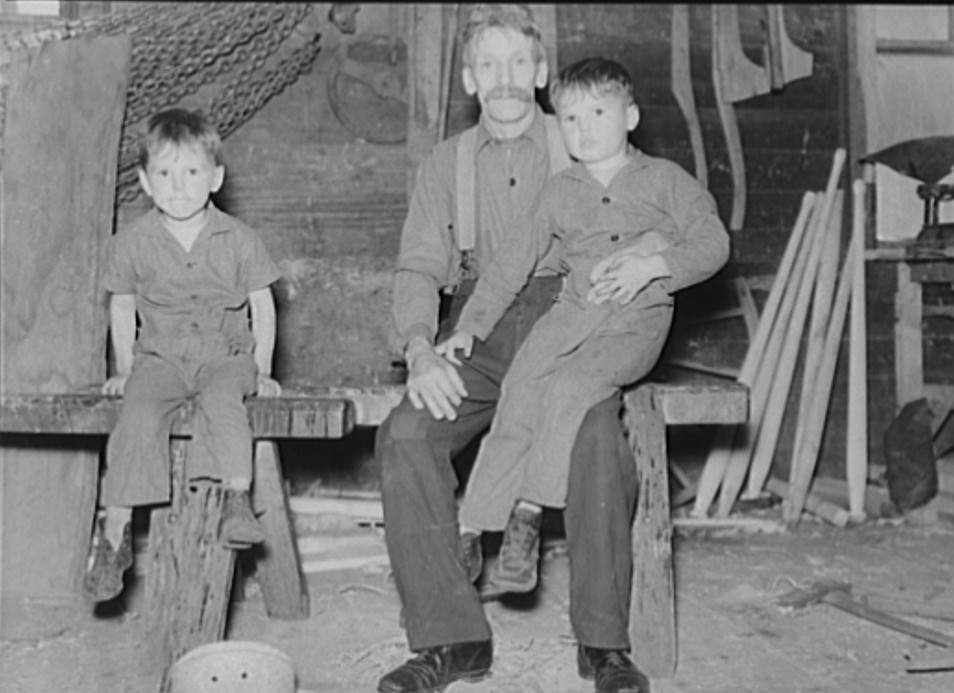
Lumber mill closed and jobs were lost
By 1870 the population was 944 and it reached its peak in 1890 when it stood at 1,178. Farming and lumber were its main economic base. Dairy products and hardwood were both exported to other states. Silsby and Company lumber mill closed in the 1920s. This loss of jobs resulted in a population drop of 40% between 1920 and 1940.
Great Depression hit the town hard
In 1936, throughout America, farmers suffered with eroded, cut-over and burnt-over land. The Great Depression hit small towns hard, even in Vermont.
The photographs below by photographer Carl Mydans taken in August 1936 show farmland, highways, small towns, saw mills and run down and abandoned buildings in Vermont. They give a good perspective of the life and difficulties faced by families in Vermont.
Son of a wood-cutter Eden Mills, Vermont
Sharpening knife of old mowing machine on farm near Hyde Park, Vermon was a two man job in August 1936

An old farmhouse and privey in Lowell, Vermont Land Erosion was a problem in Vermont in 1936
Land Erosion was a problem in Vermont in 1936 General Store Lowell, Vermont
General Store Lowell, Vermont
Bragg show announcement and two young boys, Lowell, Vermont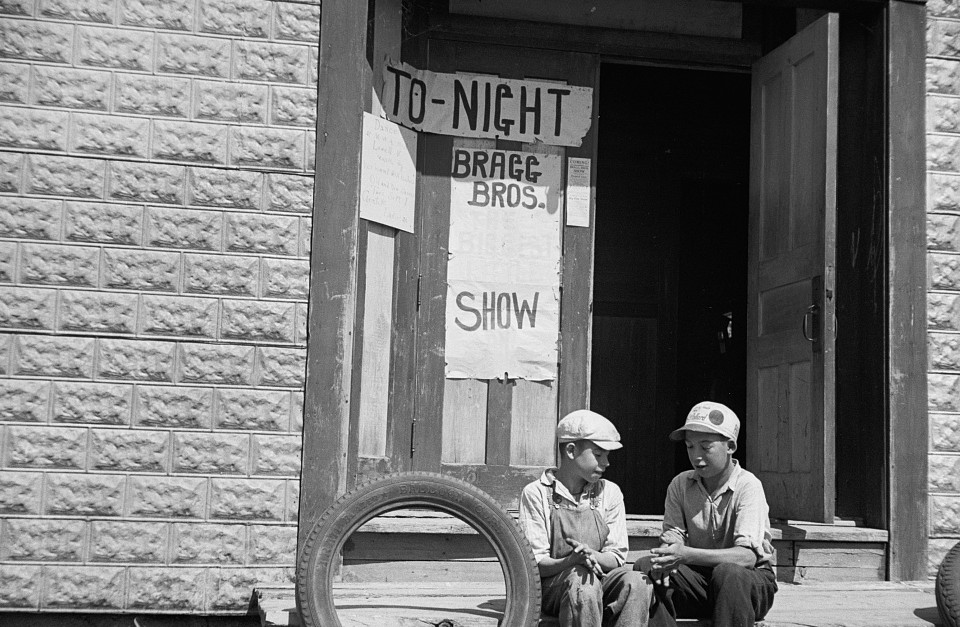
Old farmhouse near Lowell, Vermont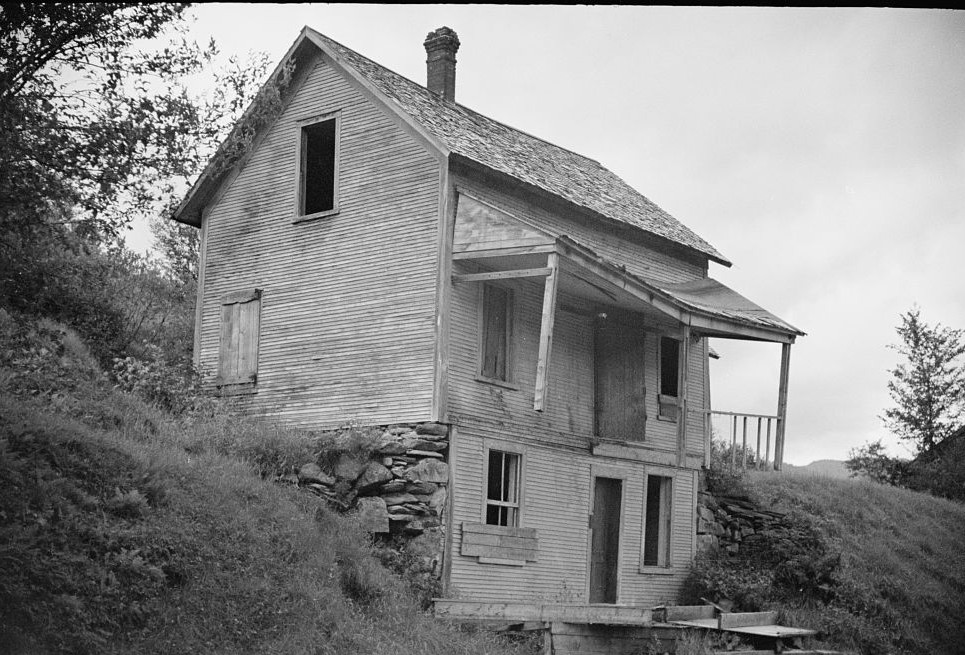 Old iron kettle as watering trough. Near Lowell, Vermont
Old iron kettle as watering trough. Near Lowell, Vermont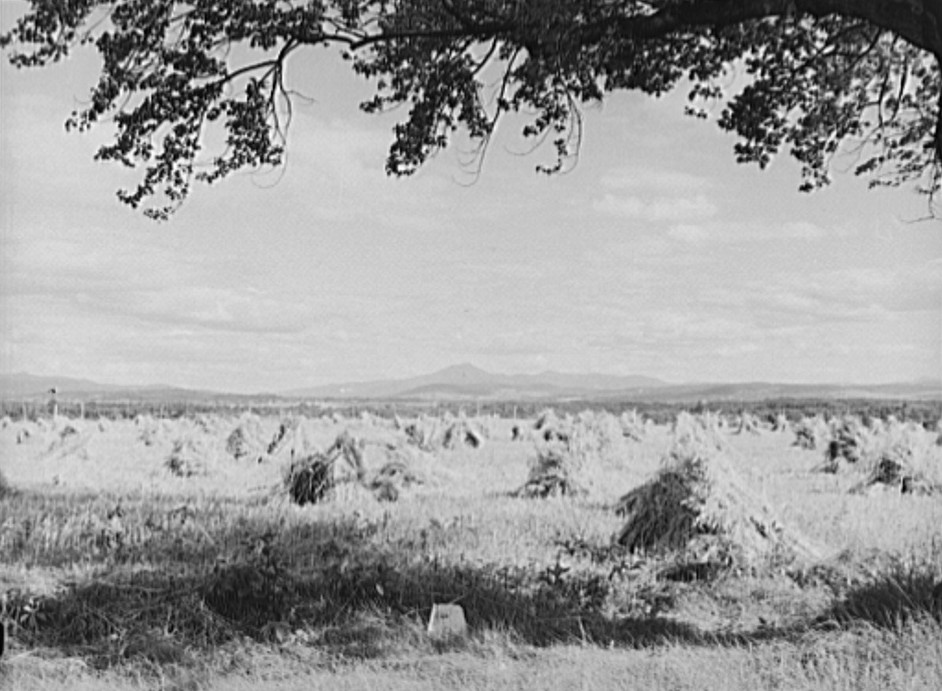 Ruins of old mill at Lowell, Vermont
Ruins of old mill at Lowell, Vermont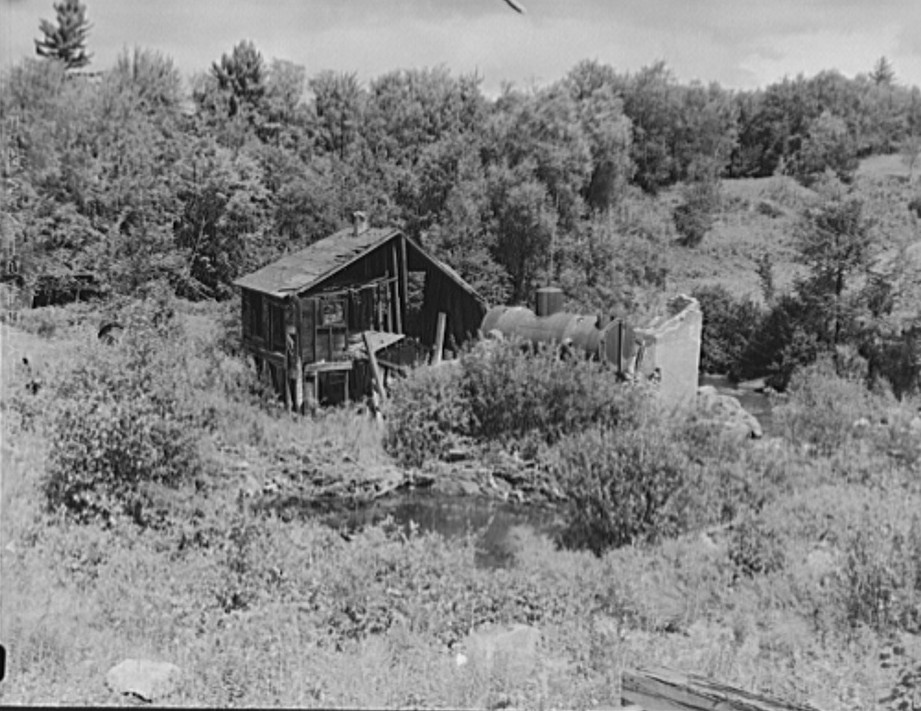 Old red barn and farmhouse near Lowell, Vermont
Old red barn and farmhouse near Lowell, Vermont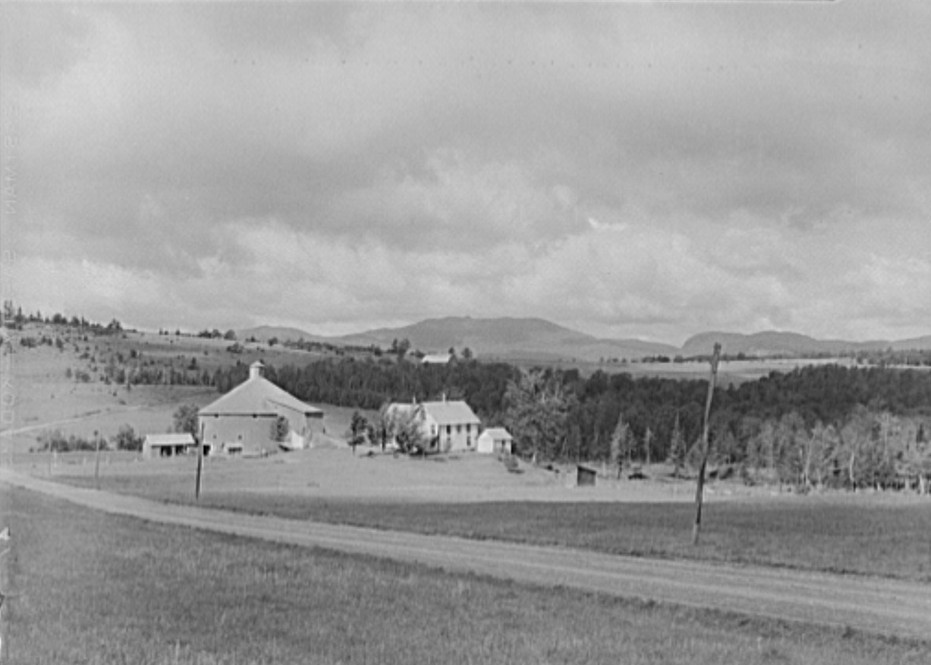 Farm boy and horse east of Lowell, Vermont
Farm boy and horse east of Lowell, Vermont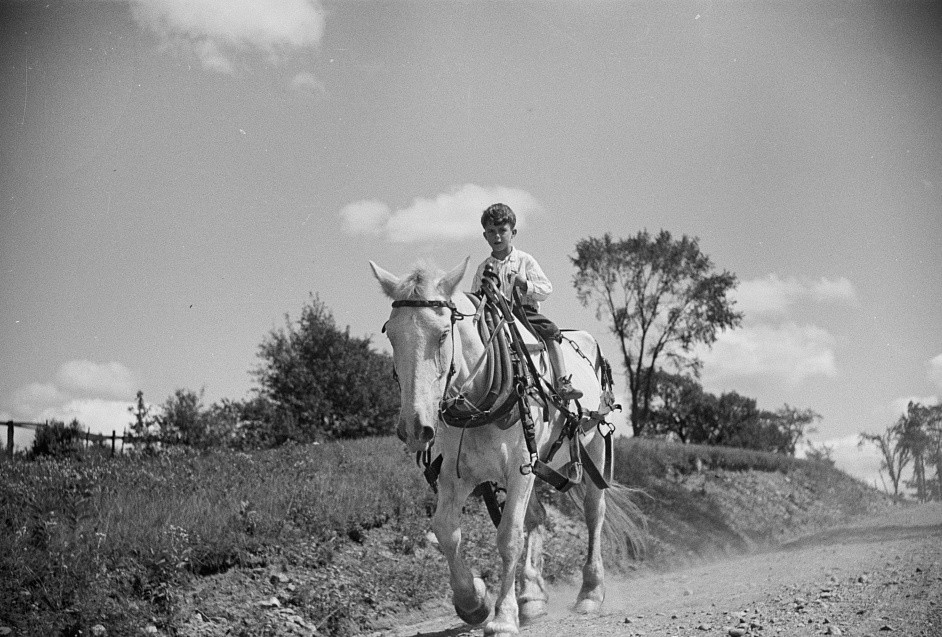
Milk house cooled by running spring water on farm near Lowell, Vermont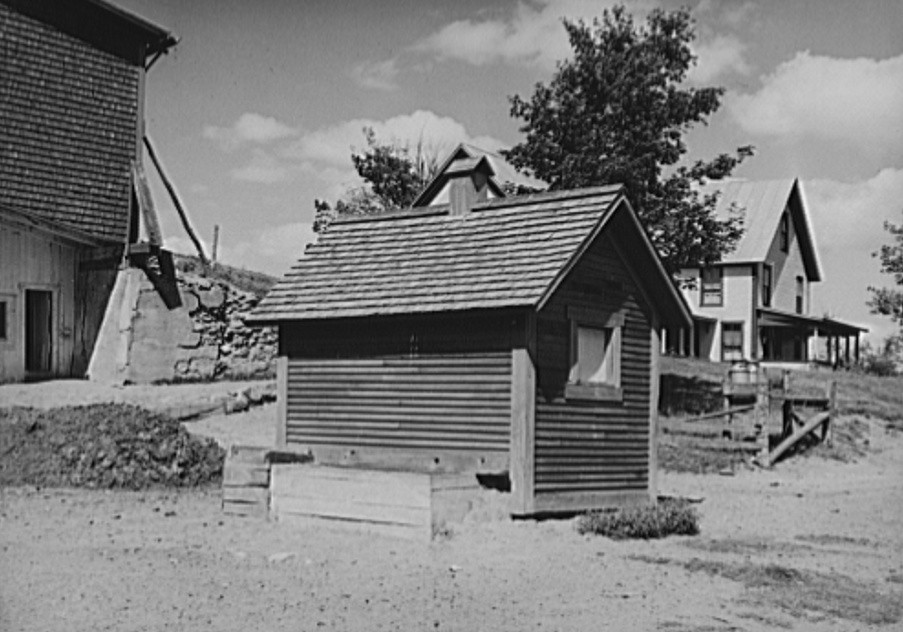 Farm family east of Lowell, Vermont
Farm family east of Lowell, Vermont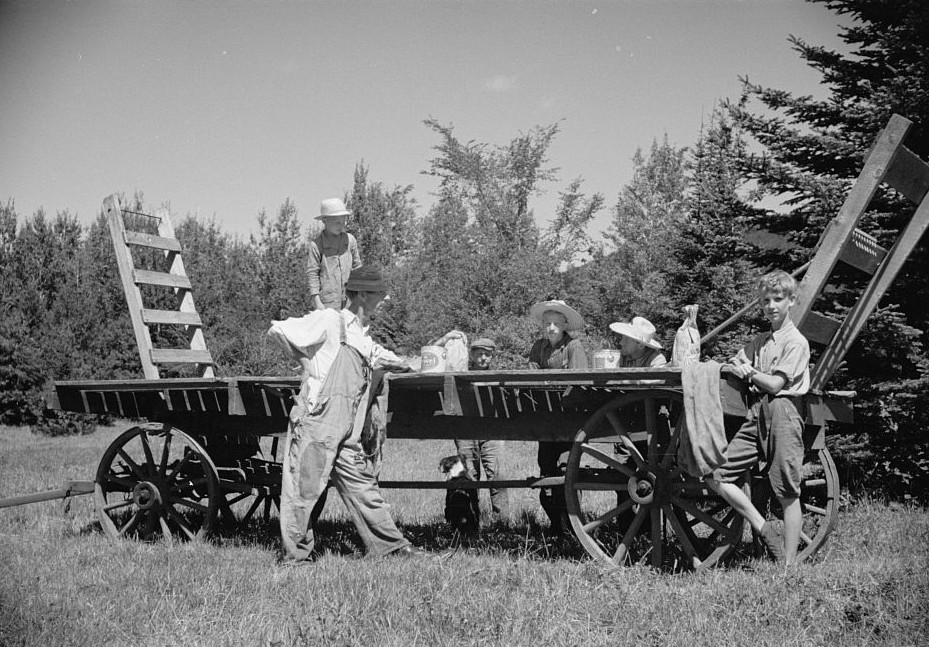
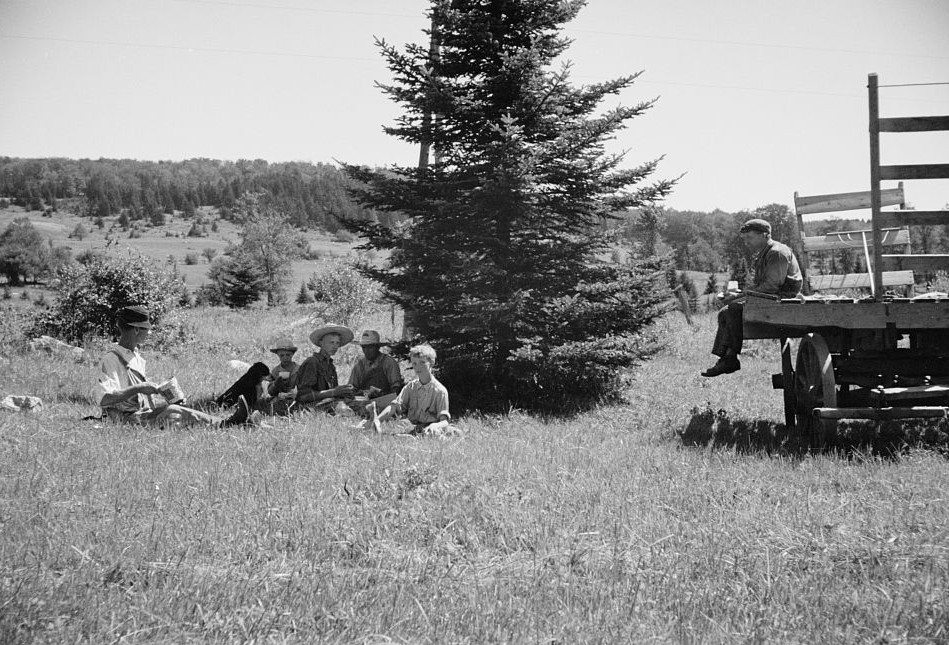 Farmer near Lowell, Vermont
Farmer near Lowell, Vermont
Farming suffered a slow decline
Lumber exports stopped by 1930. Farming suffered a slow but steady decline since 1930 or so. Consistent with all of Vermont’s Northeast Kingdom, Lowell lost population throughout the twentieth century, only reversing the trend in the mid-1980s.
The asbestos mine in Lowell was of economic importance from the 1940s to the mid-1980s. In the mid-1940s, the Belvidere mines produced more than 90% of all U.S. asbestos. It closed in 1992. Today Lowell has a stable, slowly expanding population. A small number of the residents are still in agriculture but most commute to work. A few are engaged in home-based occupations.
Vermont Asbestos Group Mine in Eden & Lowell, Vermont
Driving up Vermont 100 from the south, massive 450-foot turbines loom on the horizon of the Lowell Mountains today. As with any new endeavor, there are divided opinions about the turbines on Lowell Mountain.
